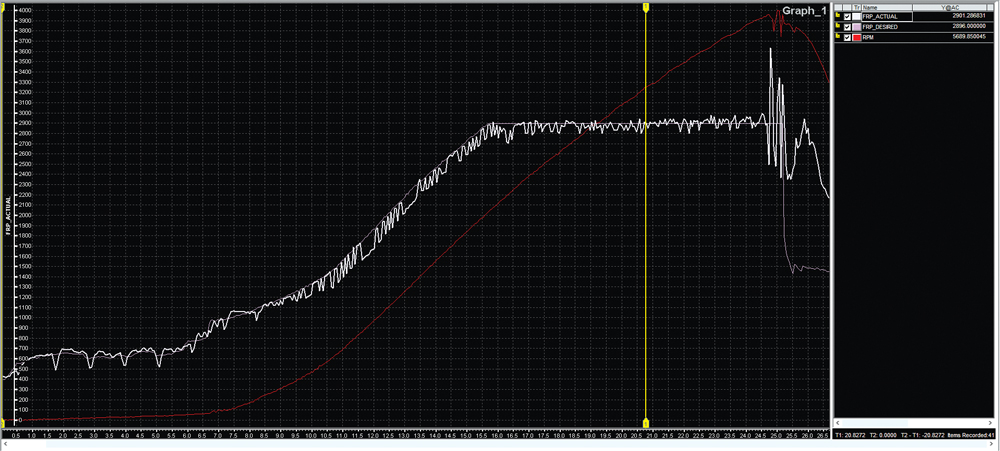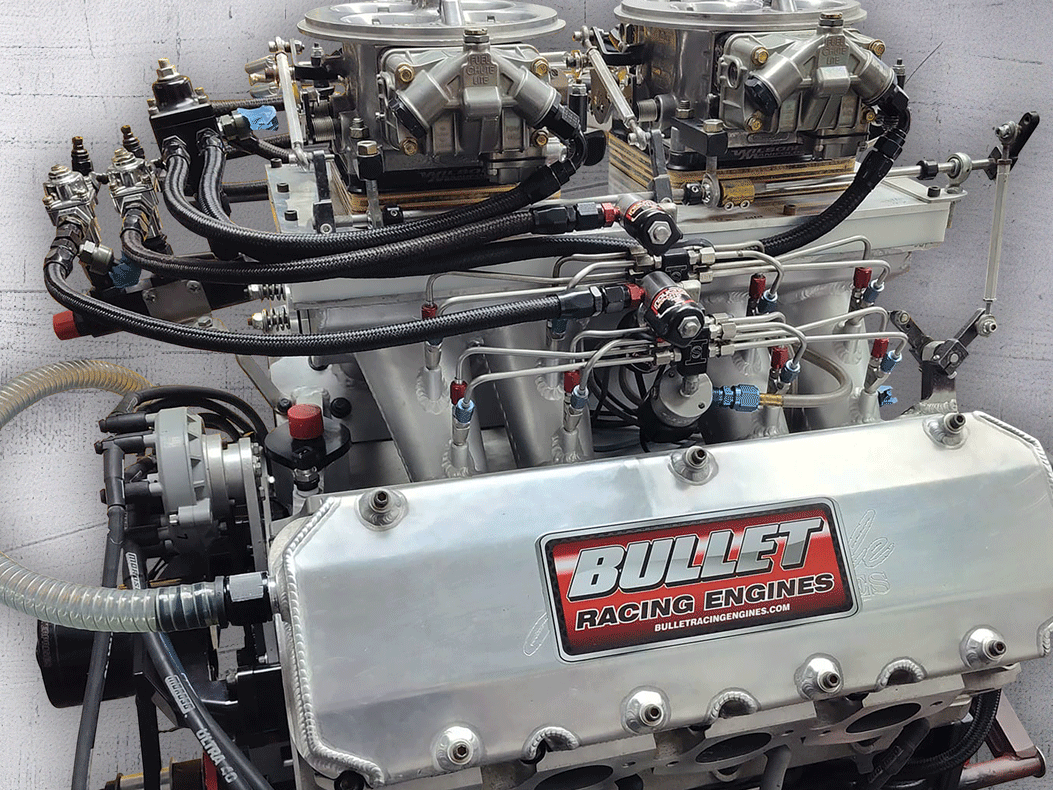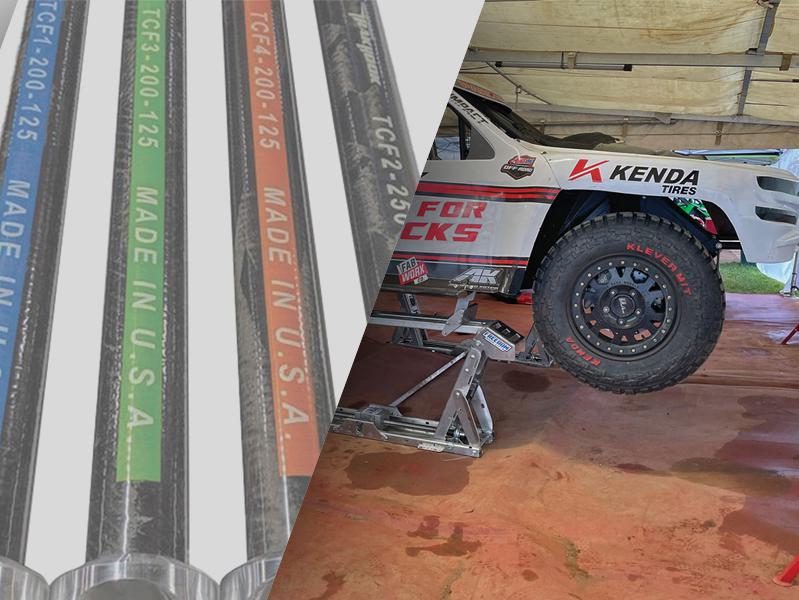Tech Update: Upgrading The Fuel System
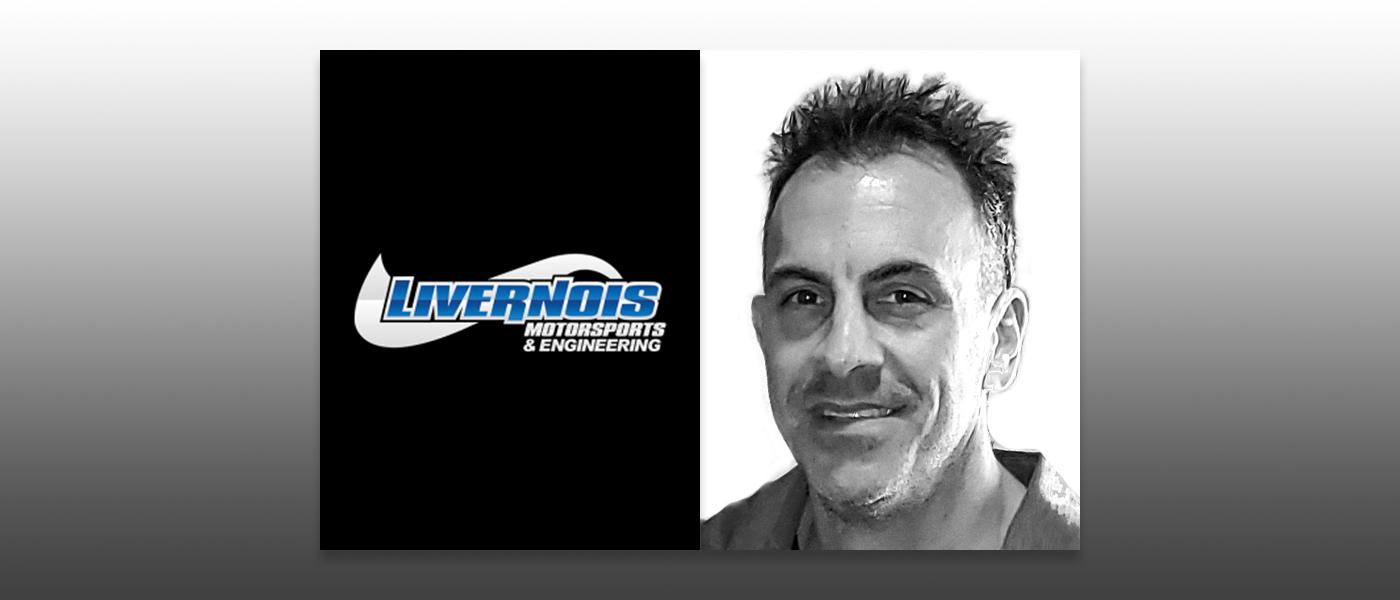
How to determine when your engine has reached its limit and which solutions will yield the desired results for your particular high-performance application.
As today’s modern, high-powered direct-injection vehicles become more popular, support from the aftermarket is following suit. With that support, however, the OEM fuel systems have become a bottleneck that must be addressed. Certain vehicle fuel systems, such as those in the Ford EcoBoost line of engines, are often already at, or near, their limit at stock power output. This means that even a performance-enhancing calibration can push these engines past their limits.
This, in turn, creates fuel starvation, usually in the form of pressure loss in the high-pressure fuel system. With some of these applications exceeding 3,000 psi of pressure, even the slightest loss can result in a dramatic reduction in the injectors’ ability to properly provide the necessary volume and can also result in poor atomization of the fuel. At minimum, this could reduce pre-ignition control, one of the main benefits of direct injection, causing misfires and severe engine damage.
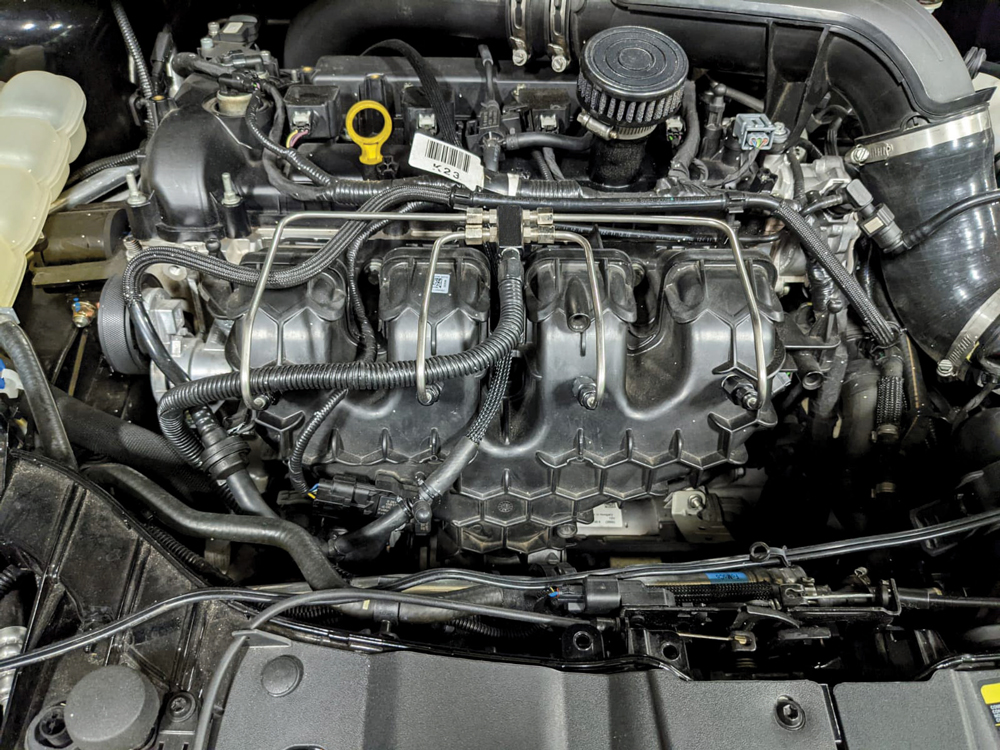
When have I reached my fuel system limits?
Direct injection often suffers from severe misfires in cases where demand outpaces supply. However, almost all modern vehicles can be data-logged using capable diagnostic tools (i.e., performance tuner) to see how much fuel pressure is being requested and how much is actually being delivered.
Since we are talking thousands of pounds of pressure, small differences between these two values are common. Unlike PFI (port fuel injection) systems where a 40–80 psi operating pressure is the norm, and something as little as a 5-psi pressure drop can be detrimental, a direct-injection system can fluctuate wildly even when stock. That being said, we still view anything more than a 10% deviation as a solid sign of insufficient flow. So, if you are requesting 3,000 psi but only see 2,700 psi, you are likely past the limit of the pump’s flow capability.
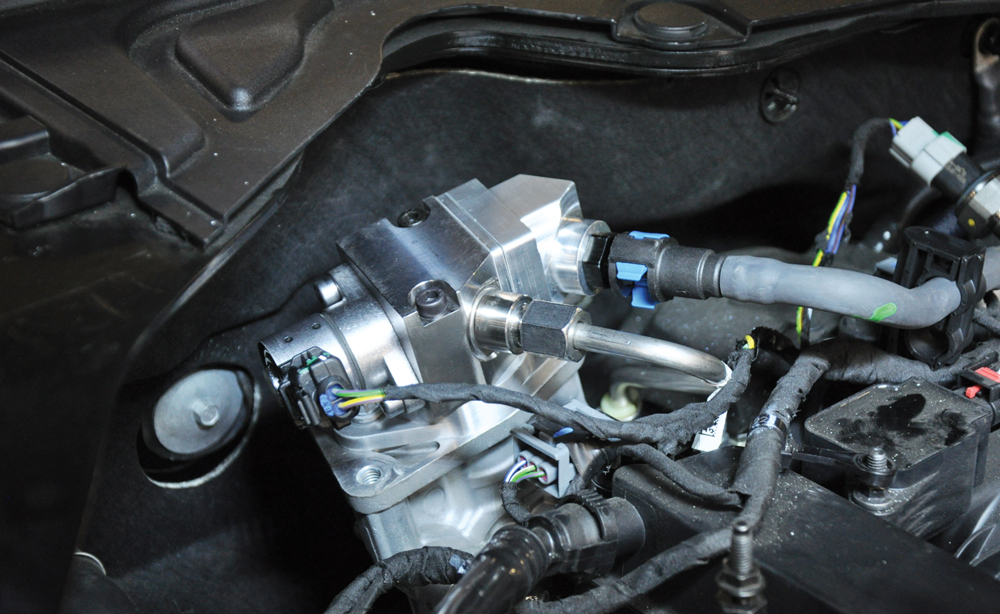
What solutions address fuel system limits?
There are two approaches to combat flow capability limitations, each having their advantages and shortcomings.
One solution is to use a supplemental system to provide the required additional fuel flow. Methanol injection and secondary port fuel-injection systems are the two most popular options in the marketplace for supplemental delivery. By providing additional fuel from an auxiliary source, the factory fuel-system demands can be reduced. These systems are often universal, or easily adapted, allowing them to go to market faster. However, these systems do erase some of the inherent advantages of a direct-injection system.
Direct injection has the ability to provide a controlled combustion event, which prevents pre-ignition and improves power and efficiency over a PFI system. By introducing PFI back into the vehicle, some of these benefits are diminished. Additionally, these independent supplemental systems are separate from the vehicle’s control and monitoring, which could lead to major engine issues if the system were to fail.
A second solution is achieved by addressing the direct-injection fuel system itself through upgraded high-pressure fuel pumps and injectors. The major benefit is that these are direct-fit solutions, which retain much of the packaging and OEM-designed control and safeties. With properly designed components for this solution, you retain all of the direct-injection benefits without having to monitor and maintain a secondary, independent system. The downside is that these direct-fit solutions typically take more R&D, therefore creating an extended time to market. We assure you, however, that patience is often rewarded with reliability, increased power, and ease of install.
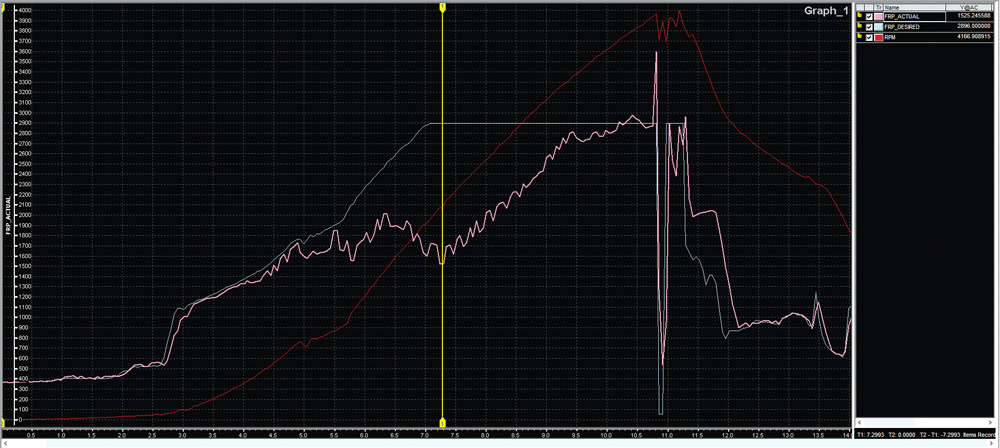
Which option is right for my vehicle?
There are several factors that contribute to choosing the right solution for your vehicle. There is no singular right or wrong answer. How quickly you want to upgrade your fuel system and how comfortable you are monitoring and maintaining an independent system are questions you need to answer before making a decision. However, because safety and performance are always at the forefront with our builds, we always recommend upgrading the direct-injection fuel system with direct-fit solutions.
Dan Millen co-founded Livernois Motorsports & Engineering with his brother, Tom, in 2000. Today, their product line is focused on performance components for late-model Ford, GM, and Chrysler vehicles, as well as engine and machining services.
 MEMBERSHIP LOGIN
MEMBERSHIP LOGIN JOIN PRI
JOIN PRI
